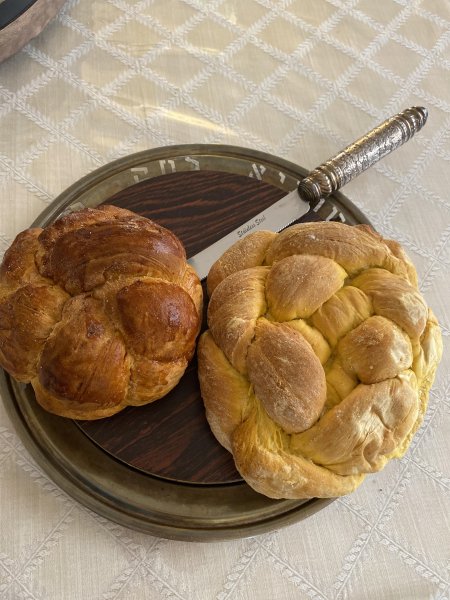By Rabbi Dovid Nussbaum
WORN OUT
This week the Torah introduces one of the chief guiding mitzvos that potentially affects our lives on a daily basis. It is the mitzvah of “Kedoshim T’hiyu”; we are obligated to elevate our lives to a level of sanctity bordering on the sanctity of Hashem. Obviously we cannot actually emulate Hashem, however just as He is the epitome of spirituality, so too, we must strive to uplift and enhance our lifestyles to the utmost degree. Nachmonides in expounding upon this mitzvah explains that even though we could be technically satisfied with just the basic fulfillment of the Torah that is not the intent behind the 613 mitzvos. Rather, the Torah truly frowns upon the individual who seeks to avoid serving Hashem in only the most limited manner.
Besides the obvious benefit that this mitzvah yields, Nachmonides adds another dimension to this important mitzvah. The verse concludes that we should pursue an uplifting style of living because Hashem is divine. He explains that when we fulfill this mitzvah of being kadosh, then we have the opportunity to become close to Hashem. Therefore, that is truly a climatic goal that one can aspire to and accomplish a tremendous achievement. Essentially, that is the theme that underscores all of the mitzvos of the Torah, however, this particular aspect in fulfilling mitzvos is the primary goal of this mitzvah. Therefore, this theme is a prevailing viewpoint that envelopes all mitzvos.
To extend the thought mentioned by Nachmonides that we strive to become closer to Hashem, perhaps we may suggest that in order to accomplish that goal we need to accept that we must distance ourselves from those influences that serve to corrupt us. If we will take note of how our ancestors conducted themselves in Egypt to avoid assimilation as much as they could, we know that there were three matters that they did not compromise. First of all, they all spoke Loshon Hakodesh, Hebrew, they dressed differently from their Egyptian counterparts, and lastly, they used only Hebrew names. Certainly, it stands to reason that the idea behind dressing in a way distinct from the cultural environment that surrounds us can serve as a deterrent to avoid absorption in to their milieu.
Conceptually, it stands to reason that the most important identifying symbol that one can present is the way a person portrays himself in the public arena. We are exposed to a whole array of identifying features that we encounter such as different types of rings and where they are placed. Furthermore, the influx of tattoos and the unusual types of clothing that are worn today serve to remind us that the times that we are living in are indeed troubling and challenging to maintain our equilibrium and not succumb to their persuasion.
These days between Pesach and Shavuos are a time of deep introspection to prepare us to receive the Torah. What better time could there be than now to revisit our priorities in life and set goals and standards that will assist us in developing ourselves. Nachmonides comments that these days are like Chol Hamoed. Just as Chol Hamoed connects the beginning and end of Yom Tov, so too the days of counting the Sefira connect the tremendous lessons that we gleaned during Pesach and the Yom Tov of Shavuos. Therefore as we count these days, let us truly make every day count.
A BYTE FOR SHABBOS
The Torah includes in this week’s parsha the mitzvah to love your fellow man. In order to fulfill the mitzvah of being ‘kadosh’ one has to merge with the entire Klal Yisroel and we strive together to uplift the entire nation. Therefore it is incumbent upon each and every one of us to have only positive feelings toward each other.
S’FAS EMES



